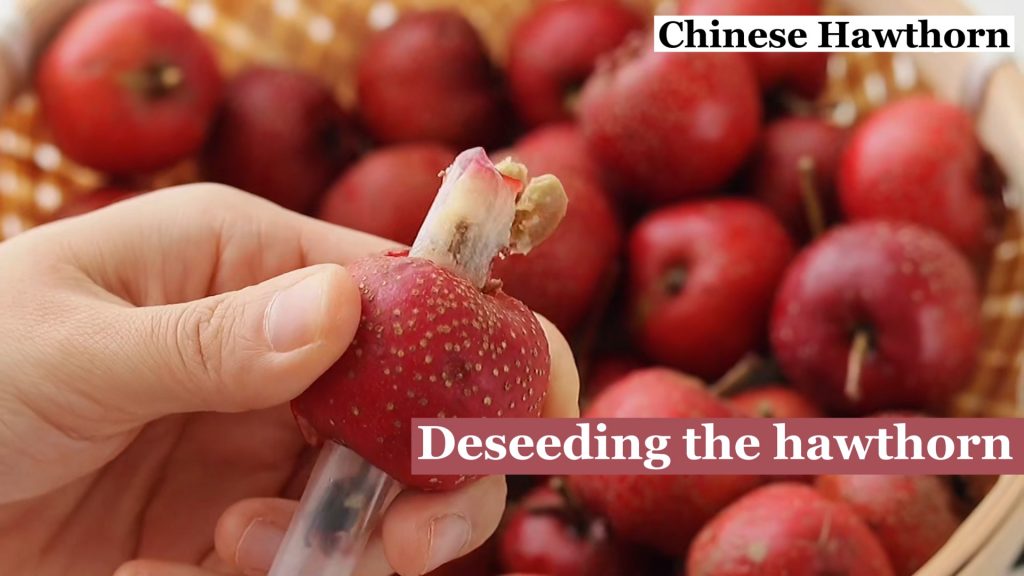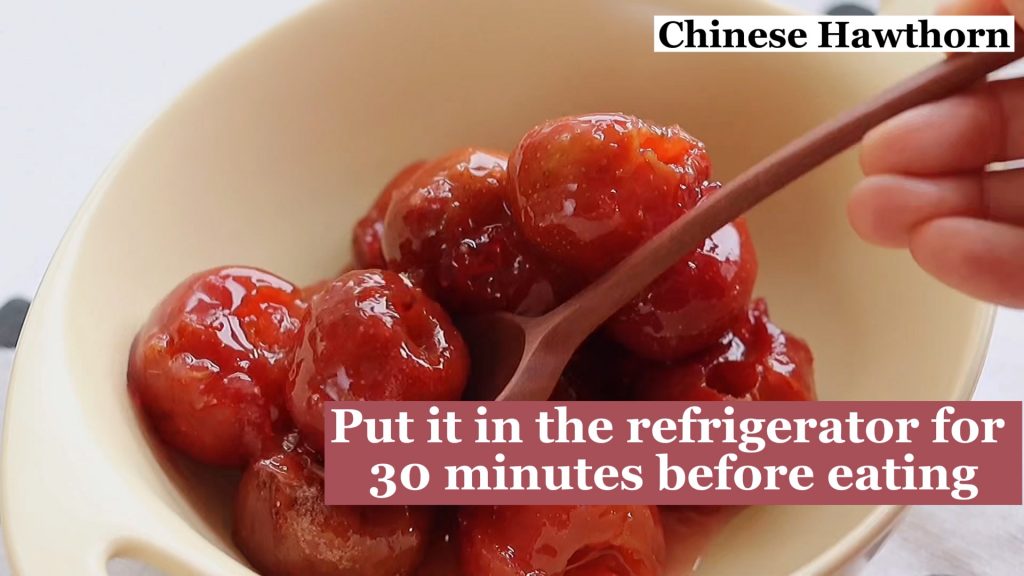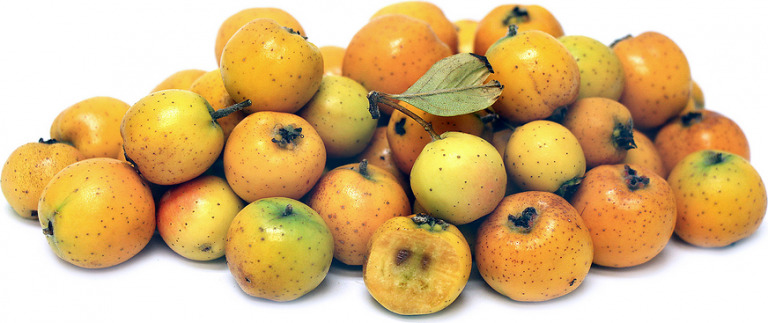
 1
1




Every family should be an island of self sufficiency and free of grid bondage so that we can all have more time and ability to make the world a better place versus sprinting in the rat race!




Every family should be an island of self sufficiency and free of grid bondage so that we can all have more time and ability to make the world a better place versus sprinting in the rat race!

 1
1




| Latin Name | Common Name | Habit | Height | Hardiness | Growth | Soil | Shade | Moisture | Edible | Medicinal | Other |
|---|---|---|---|---|---|---|---|---|---|---|---|
| Crataegus laevigata | Midland Hawthorn, Smooth hawthorn, English Hawthorn | Shrub | 6.0 | 4-8 | M | LMH | FSN | MWe | 3 | 5 | 5 |
| Crataegus monogyna | Hawthorn, Oneseed hawthorn | Shrub | 6.0 | 4-8 | M | LMH | SN | MWe | 3 | 5 | 3 |
| Crataegus cuneata | Sanzashi, Chinese hawthorn | Shrub | 15.0 | 5-9 | LMH | SN | MWe | 3 | 3 | 3 | |
| Crataegus pinnatifida | Chinese Haw | Tree | 7.0 | 5-9 | LMH | SN | MWe | 3 | 3 | 2 | |
| Crataegus pinnatifida major | Chinese Haw | Tree | 7.5 | 5-9 | LMH | SN | MWe | 4 | 3 | 2 |
How Permies works: https://permies.com/wiki/34193/permies-works-links-threads
My projects on Skye: The tree field, Growing and landracing, perennial polycultures, "Don't dream it - be it! "

 2
2









Be joyful, though you have considered all the facts. ~Wendell Berry
 2
2




Every family should be an island of self sufficiency and free of grid bondage so that we can all have more time and ability to make the world a better place versus sprinting in the rat race!
 1
1




Every family should be an island of self sufficiency and free of grid bondage so that we can all have more time and ability to make the world a better place versus sprinting in the rat race!

|
His brain is the size of a cherry pit! About the size of this ad:
Learn Permaculture through a little hard work
https://wheaton-labs.com/bootcamp
|


